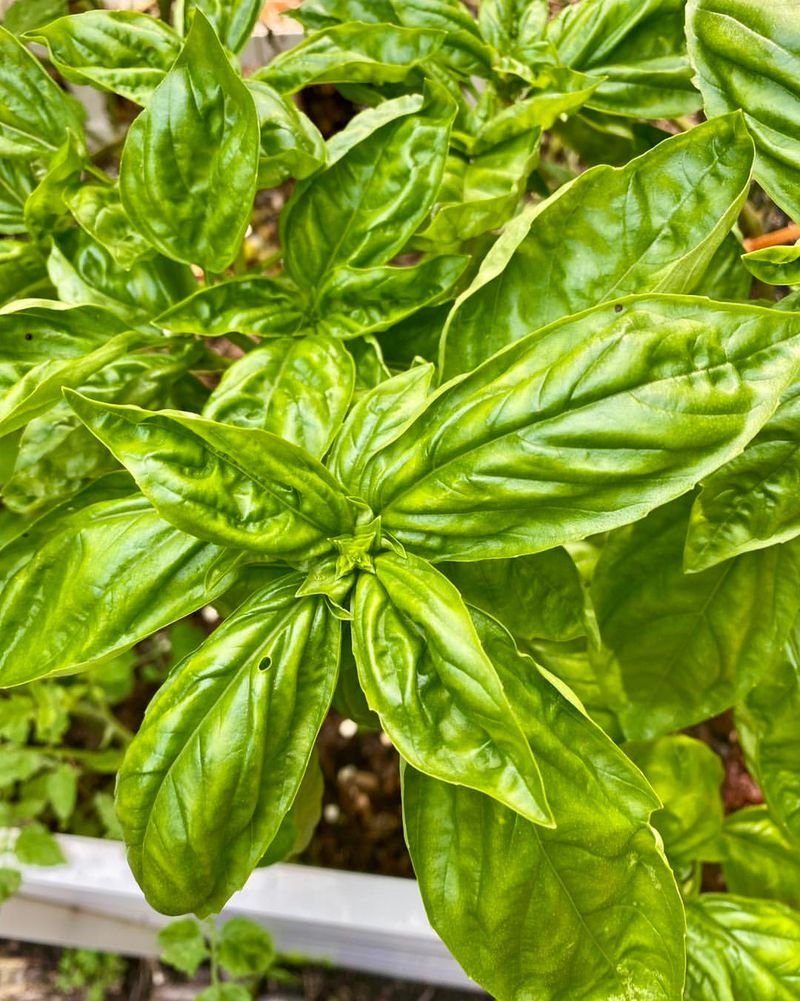
Mulch acts like a cozy blanket for your garden, not only retaining moisture and regulating soil temperature but also keeping unwanted pests like inchworms at bay. Ground covers can provide a similar function, creating a natural barrier that makes it more difficult for these little invaders to reach your precious plants. So, grab a cup of coffee, and let’s dive into how you can use these garden aids to keep inchworms and other pests away!
What Are Inchworms and Why Are They a Problem?
Before we dig into the solutions, it’s helpful to understand what we’re up against. Inchworms are the larval stage of moths, and they’re known for their unique inching motion. They typically hang out on trees and shrubs, where they snack on leaves. Their favorite plants vary, but they have a particular fondness for fruit trees, maples, and oaks. You might be wondering, “Why should I care?” Well, here’s the thing: if these little munchers take over, they can defoliate your plants, making them weak and vulnerable to diseases.
Inchworm populations can explode in certain years, leading to significant damage. Imagine waking up one morning to find your beautiful garden looking more like a skeleton than a flourishing paradise. Not only do they harm aesthetics, but they can also affect your plants’ health, leading to decreased fruit production and even death in severe cases. That’s where mulch and ground covers come into play.
How Mulch Helps Deter Inchworms
Mulch is more than just a pretty face in your garden. When applied correctly, it creates a protective barrier around your plants. First off, it helps keep the soil moist, which is great for your plants but not so much for inchworms. They prefer drier environments, so by keeping the soil damp, you’re making it less appealing for them.
Additionally, mulch can make it harder for inchworms to climb onto your plants. Think of it like a moat around a castle. When you create a thick layer of mulch—ideally around 2-3 inches—you’re obstructing their path. Just be sure not to pile it too high against the stems of your plants, as this can cause rot. An effective mulch option is **wood chips**, but you could also use shredded leaves or straw. Choose what you have on hand or what fits your aesthetic!
Choosing the Right Mulch for Your Garden
Now that we know how mulch can help, let’s talk about what types are best for deterring inchworms. Different mulches have different benefits, so it’s worth considering your garden’s needs.
- Wood Chips: These are a classic choice. They break down slowly and provide a long-lasting barrier. Plus, they look great!
- Shredded Leaves: If you’re looking for a budget-friendly option, consider shredding your autumn leaves. They decompose quickly, enriching your soil, but may need to be topped off more often.
- Straw: This is lightweight and easy to apply. However, it can attract insects if left too long, so be mindful of your application.
Picking the right mulch depends not just on aesthetics, but also on your particular garden conditions and available materials. No matter what choice you make, the goal is to create that protective barrier against inchworms.
Using Ground Covers as Natural Barriers
Ground covers are like the loyal soldiers of your garden, adding another layer of defense against pests like inchworms. These low-growing plants spread quickly and can choke out weeds, but they also create a habitat that may not be as inviting for inchworms.
By planting ground covers, you not only beautify your garden but create a diverse plant community that helps keep pests at bay. For example, **creeping thyme** and **clover** are fantastic options. They’re dense enough to make it hard for inchworms to reach nearby plants, and they also attract beneficial insects that can help control the pest population.
Plus, ground covers improve soil health by preventing erosion and maintaining moisture, making them multifunctional allies in your gardening experience. Just think of them as the supportive friends in your garden crew!
How to Apply Mulch and Ground Covers Effectively
Applying mulch and ground covers isn’t overly complicated, but there are a few important steps to keep in mind to maximize their effectiveness.
**Mulching Steps:**
1. **Clear the Area:** Remove any weeds, old mulch, or debris around the base of your plants.
2. **Moisten the Soil:** Lightly water the area a day before applying mulch. This helps the mulch stay in place and keeps moisture in.
3. **Spread the Mulch:** Aim for a 2-3 inch layer around your plants, but avoid piling it against the stems to prevent rot.
**Ground Cover Steps:**
1. **Choose the Right Plants:** Research which ground covers work best in your region and for your specific garden conditions.
2. **Prepare the Soil:** Like with mulch, remove debris and loosen the soil where you’ll plant your ground covers.
3. **Plant the Ground Covers:** Follow the recommended spacing for the specific plants to ensure they have room to grow without overcrowding.
By following these steps, you’ll set your garden up for success against inchworms and other pests.
Additional Tips for Managing Inchworms
While mulch and ground covers are fantastic tools, there are a few extra tips to consider for keeping inchworms at bay.
– **Regular Checks:** Take time to inspect your garden regularly. Catching inchworm infestations early can make a world of difference.
– **Beneficial Insects:** Introduce or attract insects like ladybugs and lacewings. These guys love to munch on pests, including inchworms.
– **Natural Predators:** Birds are great for pest control. Consider adding birdhouses to attract them to your garden.
These proactive strategies, combined with mulch and ground covers, can help you create a balanced ecosystem in your garden.
Inchworms may be small, but their impact on your garden can be significant. By using mulch and ground covers effectively, you’re not just protecting your plants; you’re also nurturing the soil and enhancing the overall health of your garden.
Think of your garden as a vibrant community, where each plant plays a role. With the right barriers in place, you can keep the unwanted pests at bay while allowing your plants to thrive. So, roll up your sleeves, grab that mulch, and let’s make your garden the envy of the neighborhood—minus the inchworms!

